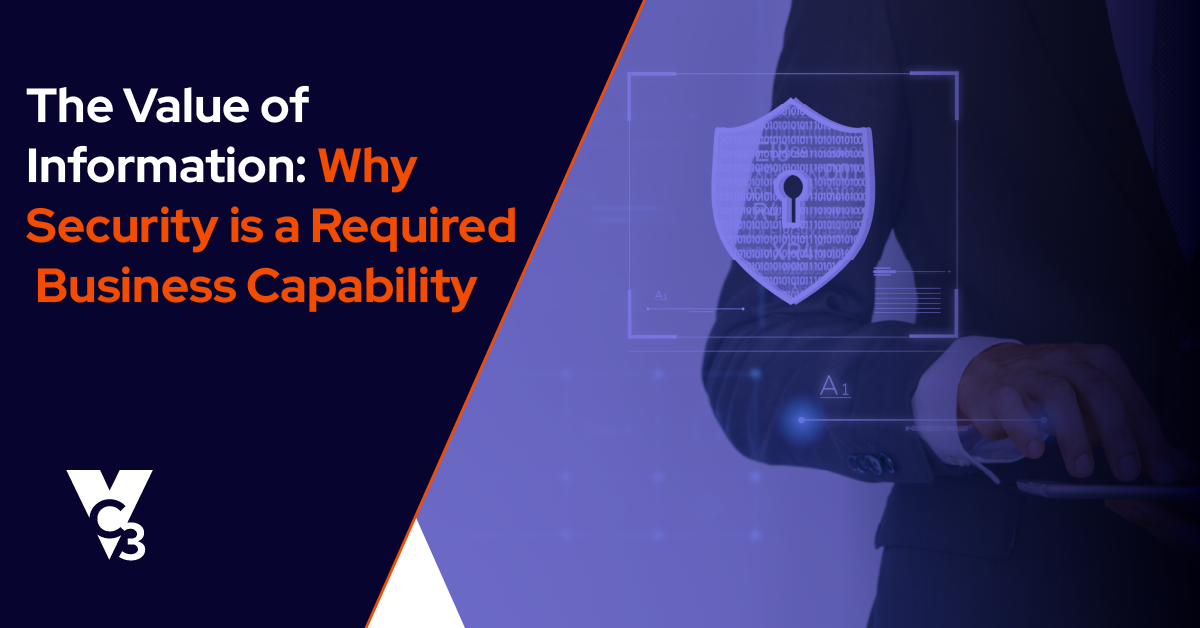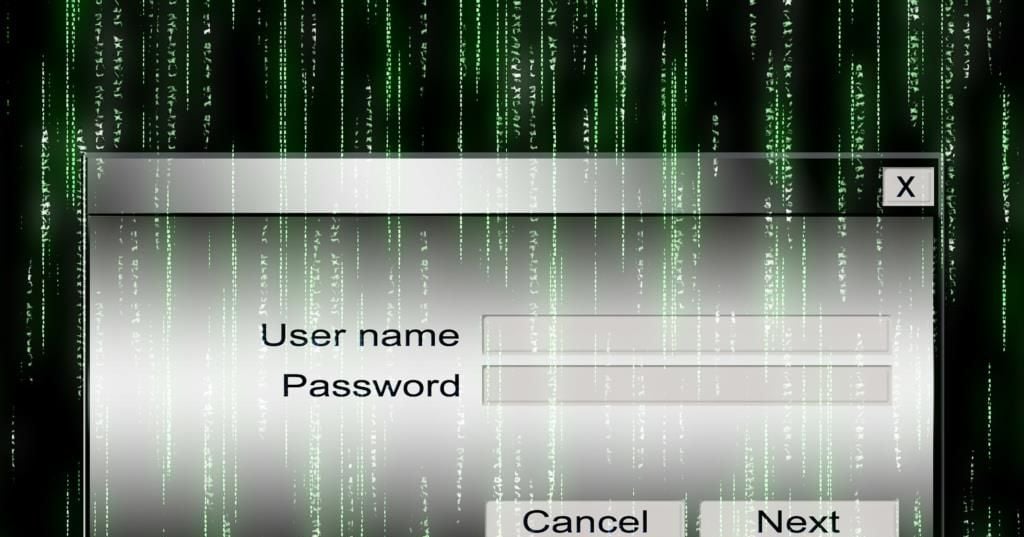Improving the cybersecurity of your registered investment advisor (RIA) firm should not be limited to protecting only the most critical systems. Improving application security to make systems as secure as possible is achieved by fortifying the weaker defenses of all your computer applications. The reason for this is that the most vital applications and systems are going to be the most heavily-protected and most difficult to penetrate. So, hackers and other malicious users target your weaker defenses, looking for entry points that they can use to gain access to your network. After all, why should someone storm the guarded front gate of the castle when they can sneak around back and slip through an unprotected door?
Once attackers are inside your network, they can move freely about to sabotage your systems and steal your clients’ data, files, and other sensitive information. This is where the importance of application security comes into play. TechTarget sums up the idea of application security in a concise way: “Application security is the use of software, hardware, and procedural methods to protect applications from external threats.”
We all know it’s vital to secure the applications on your system. But, what can you and your in-house (or third-party managed IT staff) do to increase application security throughout your firm? We’ve outlined a few of the critical elements below.
6 Ways to Increase Application Security for Your RIA Firm
Use Only Authorized and Supported Software on Your Network
As part of your organization’s application security program, you need to ensure that your organization uses only authorized software that is regularly patched and updated by the vendor. Outdated software creates vulnerabilities that can be exploited by malicious users. Running only the most secure applications can help to prevent your organization from falling victim to cyber attacks. The idea of only allowing authorized programs to be installed on devices should be supported through a computer use policy that you can use to enforce this requirement.
Furthermore, software asset management (SAM) is critical to your RIA firm’s cybersecurity efforts. SAM helps you to maintain your network and ensure that all of its software assets are up to date. However, knowing exactly what applications (and devices) are on your network is a critical factor in performing this function.
Inventory All Applications & Devices for Unauthorized Usage
As an RIA, it’s crucial to recognize that you’re dealing with human employees who may not always follow the rules and who make mistakes. As such, one of the first things you’ll need to do to increase application security is to take an inventory of all of the applications and devices that are on your network and IT systems.
Employees are known to download and install preferred applications on their devices without informing your IT team. And, they may be using unauthorized devices to access your network and web applications. This means that unknown applications and devices may be in use that create vulnerabilities on your network and can lead to data breaches. Performing IT security and software asset audits regularly helps you to increase application security by enabling your IT team to stay up to date about what assets are connected to your network and the different types of software that are installed.
Proper Software Development Lifecycle Planning and Implementation
Web applications are among the most significant risks to your firm’s infrastructure. Some of the ways to address these concerns occur in the planning, implementation, and maintenance stages of web application development.
The Software Development Lifecycle (SDLC) is a process that helps developers increase application security from the start by addressing bugs and other critical vulnerabilities during the application creation process. It also creates an opportunity for patching later on through ongoing application support and maintenance.
Implement a Web Application Firewall to Offer Additional Protection
Improving application security can be done through the use of a Web Application Firewall (WAF). A WAF differs from a traditional network firewall in that a network firewall protects against known malicious IP and port addresses by monitoring the web traffic on the network and controlling access (among other methods). It has limited web application protection. A WAF, on the other hand, is a more advanced firewall system that protects your web applications and portals via a wide array of inspections and protection protocols on the application layer. Overall, WAF offers greater threat and anomaly detection/prevention. Because many computer applications are not built as secure applications, or they are legacy applications that are not updated anymore, your organization needs more than just the level of protection offered by conventional network firewalls.
A Web Application Firewall is one that offers protection at the higher layers than a conventional network firewall. A WAF can help to protect your web application from HTTP flood attacks and other attacks that present themselves as legitimate forms of access — things that a traditional network firewall won’t block.
Use Network Monitoring to Oversee Network & Computer Applications
Another way to increase application security is through the use of network monitoring. Network monitoring services from a reputable managed security service provider (MSSP) should include application performance monitoring (APM) and application event monitoring. APM helps to identify application performance issues by monitoring things like error rates, server CPUs, and web server access logs.
Increase Employee Awareness Through Cybersecurity User Training
If you don’t already know, your employees pose the most significant threat to your firm’s and clients’ data. Employees are the weakest link in your cybersecurity defenses and are typically susceptible to social engineering techniques such as phishing attacks.
Cybersecurity user awareness training from a reputable managed security service provider is vital to improving application security. It helps employees learn to recognize cyber threats and the best ways to respond when facing those threats. Good user training involves providing digital materials for employees to study and putting that knowledge through its paces via regular testing and phishing exercises.
To summarize, some of the best ways for improving application security is to use authorized and secure applications, to regularly maintain an inventory of all devices and applications, to use thorough SDLC processes, to deploy a web application firewall, to use network monitoring services, and to train employees on cybersecurity best practices.
Is your RIA firm doing everything possible to increase application security? Grade your cybersecurity efforts with our free Cybersecurity Report Card today by clicking on the link below.





